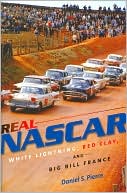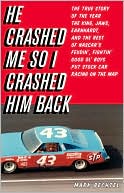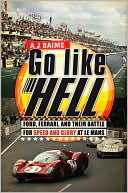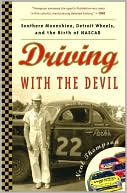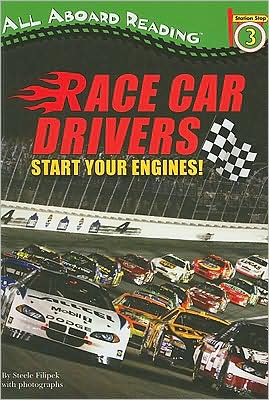Real NASCAR: White Lightning, Red Clay, and Big Bill France
Search in google:
In this history of the stock car racing circuit known as NASCAR, Pierce offers a revealing new look at the sport from its postwar beginnings on Daytona Beach and Piedmont dirt tracks through the early 1970s when the sport spread beyond its southern roots and gained national recognition. The book not only confirms the popular notion of NASCAR's origins in bootlegging, but also establishes beyond a doubt the close ties between organized racing and the illegal liquor industry, a story that readers will find both fascinating and controversial. Library Journal Of the many books on NASCAR history, few have been either as thorough or as authoritative as this one. Pierce (history, Univ. of North Carolina, Asheville) applies his historian's touch by thoroughly and carefully laying out the story of NASCAR's birth and development, grounding it in the culture and value system of the working-class Piedmont South, one in which manhood was often measured by one's ability to drive a car. That same culture also gave rise to the bootlegging industry and traditions, from which flowed a steady supply of race car drivers, prize money, and racetrack builders. With land readily and inexpensively available, small racetracks sprouted throughout the region after World War II, quickly spreading stock car racing popularity. The final prerequisite for success was an organizer and promoter who could pull all the disparate pieces together. That person, "Big" Bill France, was legendary in the face of many obstacles. Pierce provides not only a finely detailed narrative of NASCAR's formative years but also an examination of why matters unfolded as they did and why people became so strongly attached to the sport. VERDICT Pierce's aim to build his work on documented evidence rather than widely accepted and oft-repeated lore makes his book a standout. Enthusiastically recommended as an important work that would serve an academic audience as well as general readers.—David Van de Streek, Penn State Univ. Libs., York
